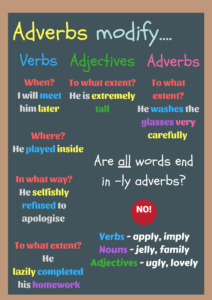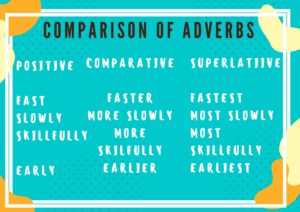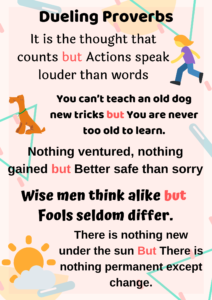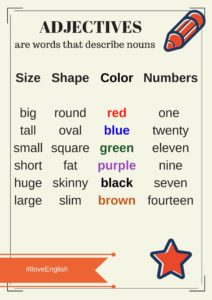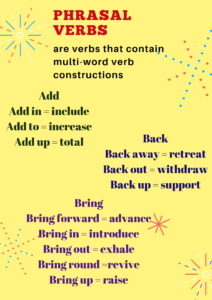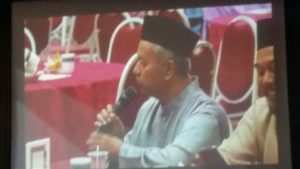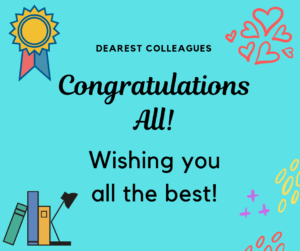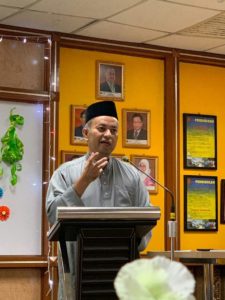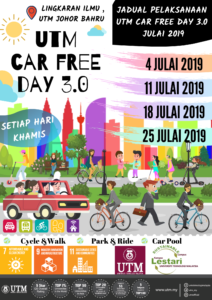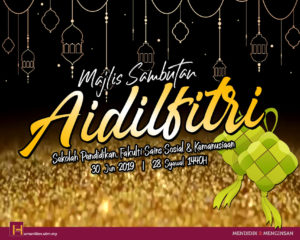a) Charity will not decrease wealth
Abu Hurairah (R.A.) narrated Allah’s Messenger (S.A.W.) as saying: “Charity does not in any way decrease the wealth and the servant who forgives, Allah adds to his respect; and the one who shows humility, Allah elevates him in the estimation (of the people).” (Muslim Vol. 4, Hadith 6264)
b) Different kinds of sadaqah
– Sadaqah from what you earn
– Sadaqah by giving help/assistance to others
– Sadaqah by performing good deeds and restraining oneself from doing evils
Abu Musa narrated that the Prophet (S.A.W.) said, “Every Muslim has to give in sadaqah (charity).” The people asked, “O Allah’s Messenger (s.a.w.s.)! If someone has nothing to give, what will he do?” He said, “He should work with his hands and benefit himself and also give in charity (from what he earns).” The people further asked, “If he cannot do even that?” He replied, “Then he should help the needy who appeal for help.” Then the people asked, “If he cannot do that?” He replied, “Then he should perform all that is good and keep away from all that is evil and this will be regarded as charitable deeds.” (Bukhari Vol. 2, Hadith 524)
c) Examples of sadaqah
The Messenger of Allah (s.a.w.s.) said: “To smile in the company of your brother is charity. To command to do good deeds and to prevent others from doing evil is charity. To guide a person in a place where he can not get astray is charity. To remove troublesome things like thorns and bones from the road is charity. To pour water from your jug into the jug of your brother is charity. To guide a person with defective vision is charity for you.” (Bukhari)
d) Give sadaqah whenever you have opportunity to do so.
Haritha ibn Wahb narrated that he heard the Prophet (s.a.w.s.) saying, “O people! Give in charity as a time will come upon you when a person will wander about with his object of charity and will not find anybody to accept it, and anyone (who will be requested to take it) will say, “If you had brought it yesterday, I would have taken it, but today I am not in need of it.” (Bukhari Vol. 2, Hadith 492)
e) Sadaqah is best given when you are healthy, feeling hesitant (niggard) and afraid of being poor
Abu Hurairah (r.a.) narrated that a man came to the Prophet (s.a.w.s.) and asked, “O Allah’s Messenger which charity is the most superior in reward?” He replied, “The charity which you practice while you are healthy, niggardly and afraid of poverty and wish to become wealthy. Do not delay it to the time of approaching death and then say, ‘Give so much to such and such, and so much to such and such.’ (And it has already belonged to such and such (his heirs).” (Bukhari Vol. 2, Hadith 500)
Why you should give sadaqah when you are healthy?
When we are healthy, normally we have the tendency to overlook certain things in life especially those who are in need.
Why you should give sadaqah when you are feeling hesitant (niggard) and afraid of being poor?
When we are feeling hesitant, normally we might be over-judgmental and then might easily become suspicious about the intent of the person asking for a charity/donation/something from you. Being over judgmental makes it difficult for us to be decisive about an action, which is in this case giving sadaqah.
Then if we think too much about how much money that we will “lose” because of giving it to others, this is as if we have a rightful claim over the money that we give away, whereas whatever we have is not ours on a first place. It is all belong to Allah. Sometimes, we tend to forget about that.
Note: After reading these hadith again, I realise that I am making a mistake by not giving
him anything except my smile. I should not be over judgmental to doubt his intention.
أَسْتَغْفِرُ اللّٰهَ
